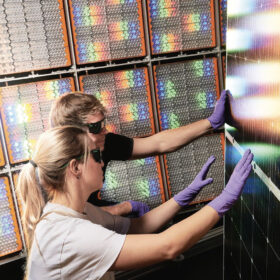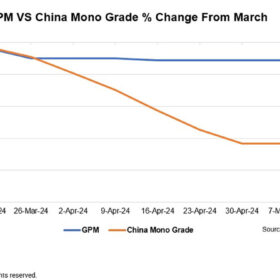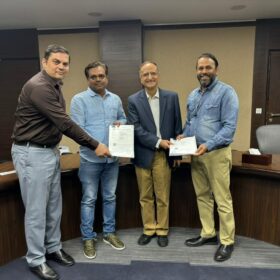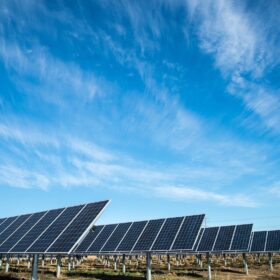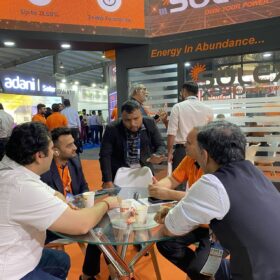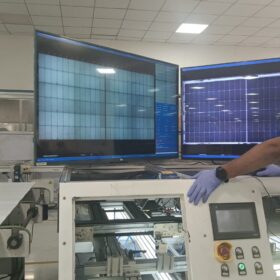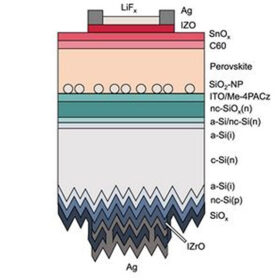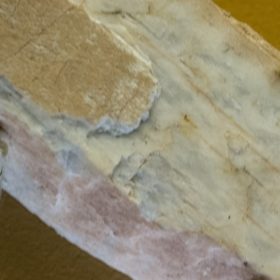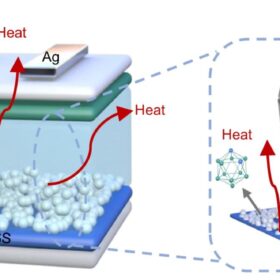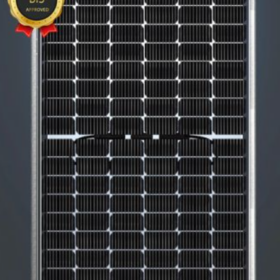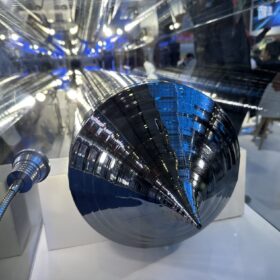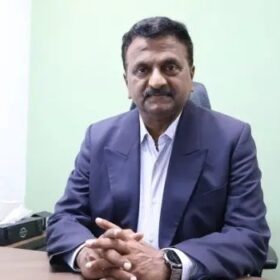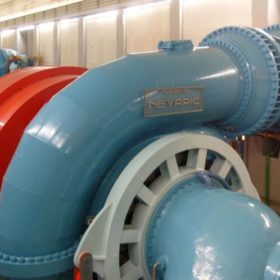Shedding light on tandem perovskite solar cell progress
Perovskite PV devices are set to become the next big thing in solar with market analysts at S&P Global Commodity Insights predicting 1 GW of production by the end of 2024, rising to 6 GW in 2025. Perovskite tandem devices are at the front of the queue for commercialization but their characterization presents technical challenges.
Global polysilicon prices hold steady, China polysilicon falls on weak demand
In a new weekly update for pv magazine, OPIS, a Dow Jones company, provides a quick look at the main price trends in the global PV industry.
Emmvee secures 600 MWp solar module supply contract with Hero Future Energies
Emmvee Photovoltaic Power has signed an agreement with Hero Future Energies (HFE) to supply up to 600 MWp of high-efficiency solar modules for HFE’s PV projects across India.
PERC solar products hard to sell due to falling TOPCon module prices
Prices for tunnel oxide passivated contact (TOPCon) solar panels continue to fall. pvXchange.com founder Martin Schachinger explains how this will affect the sale of PV modules based on passivated emitter and rear cell (PERC) cells.
Solex Energy buys 800 MW module production line from Wuxi, GMEE Solar
Solex Energy Ltd is expanding its solar module capacity to 1.5 GW by September this year with the addition of an 800 MW line. The new line will comprise new-generation stringers from Wuxi and automation from GMEE Solar.
Waaree Energies to supply 445 MW of bifacial solar modules to Statkraft India
Waaree Energies will supply 445 MW of its 540/545Wp dual-glass bifacial modules to Statkraft India’s single-location solar PV projects in Bikaner, Rajasthan.
EPFL unveils perovskite-silicon tandem solar cell with certified efficiency of 30.9%
The tandem solar cell is based on a perovskite top cell treated with an additive known as 2,3,4,5,6-pentafluorobenzylphosphonic acid (pFBPA), which reportedly improves its power conversion efficiency and fill factor. The tandem device also integrates a bottom heterojunction silicon cell made with a 190-μm-thick, 2 Ω.cm, n-type, float-zone, shiny-etched monocrystalline wafer.
Stepping up critical mineral production remains crucial for India’s energy security: ICRA
Advancement in mineral processing and beneficiation technology remains critical for commercialisation of domestic critical mineral resources.
All-perovskite tandem PV cell based on carboranes hits 27.2% efficiency
Researchers have developed a thermal regulation strategy to improve the performance of inverted tin-lead perovskite tech for all-perovskite tandem solar cells. It has an efficiency of 23.4% and contributed to a 27.2% efficiency in a tandem cell while ensuring stability.
Pahal Solar introduces 595 Wp TOPCon bifacial panel with 23.03% efficiency
India’s Pahal Solar has launched n-type TOPCon glass-backsheet modules in peak power outputs of 560 W to 595 W with front-side efficiencies of 21.68% to 23.03%.
